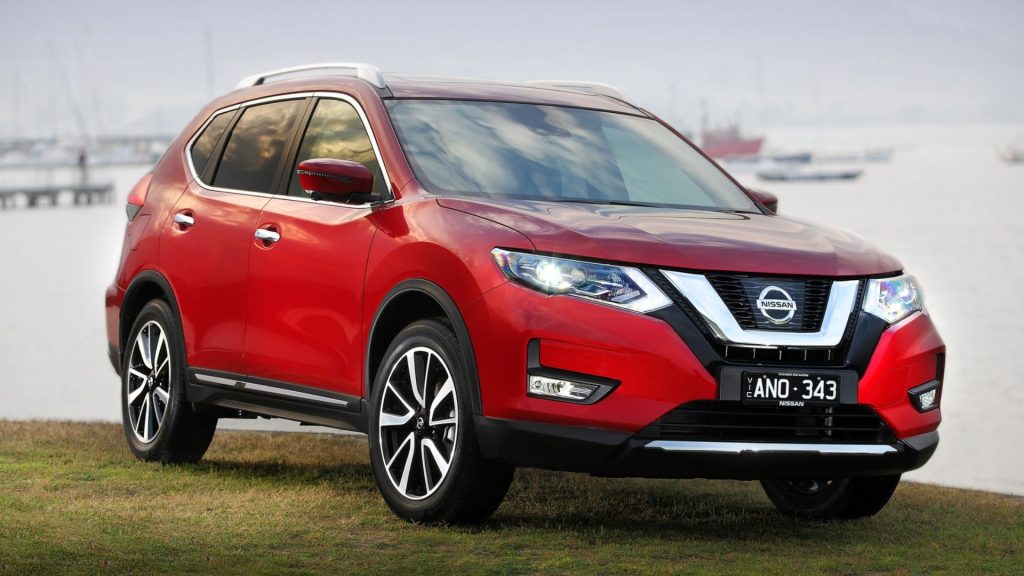Ever wonder why car enthusiasts always emphasize checking tire pressure? Well, it’s not just a trivial task; it’s a crucial part of vehicle maintenance that ensures your ride is smooth, safe, and efficient. Today, we’re diving into the specifics of tire pressure for one of the most popular SUVs on the market—the Nissan X-Trail.
Understanding Tire Pressure
What is Tire Pressure?
Tire pressure refers to the amount of air in your car’s tires, measured in pounds per square inch (PSI). Keeping this at the right level is vital for optimal performance.
Why Tire Pressure Matters
Proper tire pressure ensures that your tires wear evenly, providing better fuel efficiency and safety. Overinflated or underinflated tires can lead to uneven wear, poor handling, and even accidents.
Manufacturer Recommendations
Nissan X-Trail Tire Pressure Guidelines
For the Nissan X-Trail, the recommended tire pressure usually ranges from 32 to 36 PSI, depending on the specific model and tire size. Always refer to the owner’s manual or the tire information placard located on the driver’s side door jamb for the most accurate recommendation.
Where to Find Recommended Tire Pressure Information
You can find the recommended tire pressure in the owner’s manual, on the tire placard inside the driver’s side door, or sometimes on the fuel door.
Checking Tire Pressure
Tools Needed
- Tire pressure gauge
- Air compressor (available at most gas stations)
- Valve caps
Step-by-Step Guide
- Cool Down: Ensure the car has been parked for at least three hours or driven less than a mile to get an accurate reading.
- Remove Valve Cap: Unscrew the valve cap from one tire.
- Press the Gauge: Firmly press the tire pressure gauge onto the valve stem.
- Read the Measurement: Note the PSI reading on the gauge.
- Adjust as Needed: Use an air compressor to add air or release air as necessary.
- Replace Valve Cap: Screw the valve cap back on securely.
- Repeat for all tires: And don’t overlook the spare tire!
Maintaining Optimal Tire Pressure
Regular Check-Ups
Check your tire pressure at least once a month and before long trips to ensure safety and performance.
Seasonal Adjustments
Remember that tire pressure can change with the seasons. Cold weather can lower tire pressure, whereas hot weather can raise it.
Consequences of Improper Tire Pressure
Effects on Fuel Efficiency
Improper tire pressure can lead to increased rolling resistance, causing your car to use more fuel.
Impact on Tire Wear and Longevity
Underinflated tires can wear out quicker on the edges, while overinflated tires can wear out the center tread.
Safety Concerns
Incorrect tire pressure can affect handling and braking, increasing the risk of accidents.
Tips for Maintaining Tire Pressure
Using a Reliable Tire Pressure Gauge
Invest in a good-quality tire pressure gauge for accurate readings.
Checking Tire Pressure When Tires Are Cold
Always check tire pressure when the tires are cold for the most accurate measurement.
Avoiding Overinflation and Underinflation
Follow the manufacturer’s guidelines to avoid overinflating or underinflating your tires.
Common Mistakes to Avoid
Ignoring the Spare Tire
Don’t forget to check the spare tire; you might need it in an emergency.
Trusting Visual Inspection
Never rely solely on visual inspection to assess tire pressure; use a gauge for accuracy.
Neglecting Regular Maintenance
Regularly rotate your tires and have them balanced to ensure even wear and longevity.
Benefits of Proper Tire Pressure
Enhanced Vehicle Performance
Properly inflated tires improve handling, braking, and overall performance.
Improved Safety
Maintaining the correct tire pressure reduces the risk of blowouts and accidents.
Cost Savings
Proper tire pressure can save you money by improving fuel efficiency and extending tire life.
Advanced Tire Pressure Monitoring Systems (TPMS)
Overview of TPMS
Many modern vehicles, including the Nissan X-Trail, come equipped with TPMS that alert you when tire pressure is too low.
How TPMS Works
TPMS sensors monitor the air pressure inside your tires and send alerts to your dashboard if the pressure drops below a certain level.
Benefits of TPMS
TPMS helps you maintain proper tire pressure without the need for manual checks, enhancing safety and convenience.
Tire Pressure and Load
Adjusting Tire Pressure Based on Load
When carrying heavy loads, you may need to adjust your tire pressure. Refer to your vehicle’s manual for specific recommendations.
Manufacturer’s Load Recommendations
Always follow the manufacturer’s guidelines for tire pressure adjustments based on load to ensure optimal performance and safety.
Tire Pressure in Different Driving Conditions
Highway Driving
For highway driving, maintain the recommended tire pressure to ensure stability and fuel efficiency.
Off-Road Adventures
If you’re taking your Nissan X-Trail off-road, you might need to adjust tire pressure for better traction and comfort. Lowering the pressure can provide a larger contact area and improve grip on rough terrain.
FAQs on Tire Pressure for Nissan X-Trail
How Often Should I Check My Tire Pressure?
Check your tire pressure at least once a month and before long trips.
What Should I Do If My Tire Pressure is Too Low?
Use an air compressor to inflate your tires to the recommended PSI. If the pressure is significantly low, check for punctures or leaks.
Can I Use Nitrogen to Inflate My Tires?
Yes, you can use nitrogen, which maintains tire pressure longer than regular air due to its larger molecules.
How Does Temperature Affect Tire Pressure?
Temperature changes can cause tire pressure to fluctuate. Cold weather decreases pressure, while hot weather increases it.
What Are the Signs of Improper Tire Pressure?
Look for signs like uneven tread wear, poor handling, reduced fuel efficiency, and TPMS warnings.
Summary
Maintaining the correct tire pressure for your Nissan X-Trail is not just about following manufacturer recommendations—it’s about ensuring your safety, optimizing your vehicle’s performance, and saving money in the long run. Regular checks and adjustments can prevent many common issues associated with improper tire pressure.

